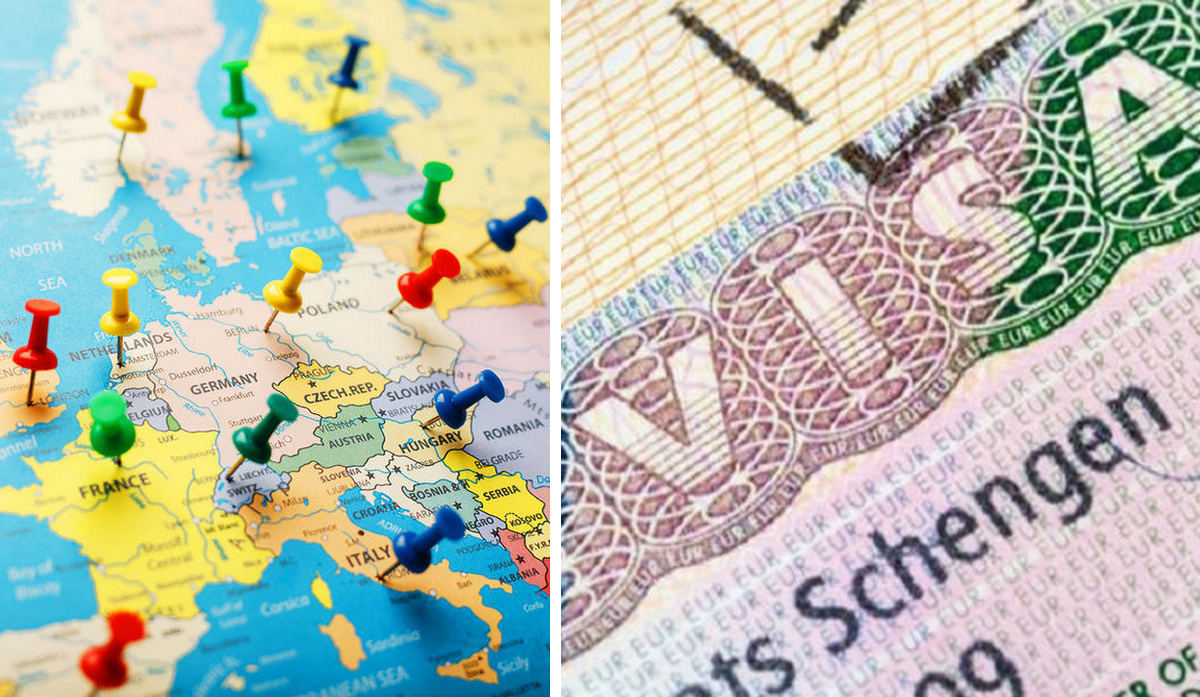Visa centers will soon disappear, and it will be possible to get a Schengen visa without leaving home. This result of the procedures of complete digitalization of the process of obtaining visas was presented in the European media. At the same time, according to experts, the process will last several years, but everything can happen shortly – the European Union has already started work.
According to experts, the first step was the adopted law on digitalization of the visa procedure, which the EU Parliament passed. As a reminder, its essence boils down to abandoning “paper” visas and issuing Schengen visas only in digital form (read details here).
The EU authorities are sure that the path of “digitalization” can go even further. “Visa applications will be processed on a single online platform, which will also inform applicants of which country they will be granted a visa for in case of multi-country travel. The new system is also designed to work harmoniously with the ecosystem of EU border management systems and databases. Making the entire process of obtaining a Schengen visa online for travelers who need it to visit any of the 27 member states will not only make life easier for applicants, requiring less effort and cost but will also improve security in the EU,” MEPs said.
At the same time, the experts called the first advantage of the digitalization of Schengen visa procedures that the digitization of the Schengen visa application procedures means that tourists will no longer need to go to the embassy, visa center, or consulate to submit the necessary documents and application form. They will be able to simply go to the system’s website, fill out all the applications, and then all they have to do is upload the necessary documents to obtain a Schengen visa, including a scanned passport, a recent photograph, a travel insurance amount of EUR 30,000 and other scanned documents. At the same time, the system will, according to the idea, prompt the user if he fills in something by mistake. So far, however, such a site does not exist – even in the mode of the test version.
“Each applicant must submit a completed application form using the EU application platform, including a statement on the authenticity, completeness, correctness, and reliability of the submitted data, as well as a statement on the truthfulness and reliability of the statements made,” the European Parliament also stated.
In-person, tourists only have to appear at a biometrics collection center on their first visa application to be fingerprinted and photographed, but this will only happen once every five years as long as they apply for a visa with the same document.
As soon as the application is processed, information about the results of the application review will be sent to tourists by e-mail. Moreover, they no longer need to stick the visa itself to the passport – it will be issued digitally in the form of a 2D barcode, cryptographically signed by the Country Signature Certification Center (CSCA) of the member state that issued the visa.
What is essential — tourists are assured that the innovation will not only not make the visa more expensive, but will also make it cheaper.
However, so far these are “theoretical explanations”. As stated in the European Parliament, it will take at least five years to create and operate the platform. And given the experience of implementing other systems — most likely even more.

